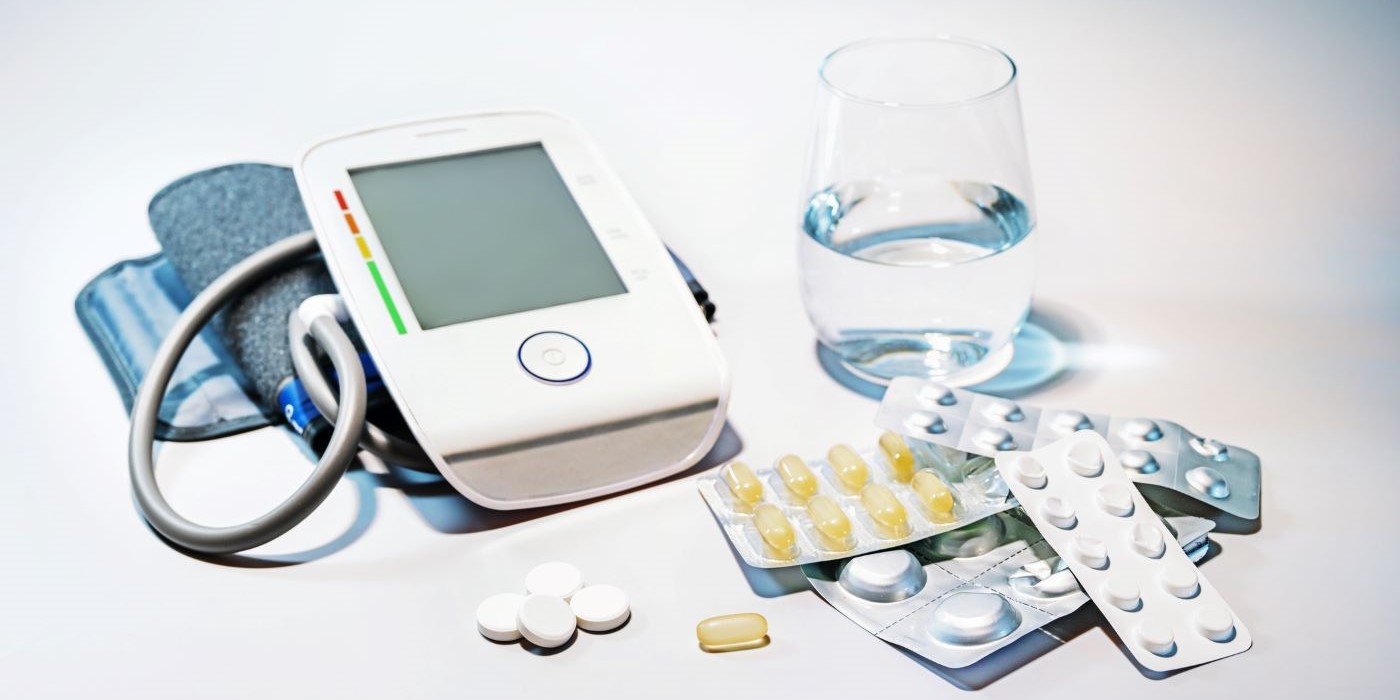Media release
From:
New online tool could revolutionise how high blood pressure is treated
A first-of-its-kind Blood Pressure Treatment Efficacy Calculator built on data from nearly 500 randomised clinical trials in over 100,000 people allows doctors to see by how much different medications are likely to lower blood pressure.
The research, published today in The Lancet1, could transform how the condition is managed, allowing doctors to choose a treatment for each patient based on the degree to which they need to lower their blood pressure.
“This is really important because every 1mmHg reduction in systolic blood pressure lowers your risk of heart attack or stroke by two percent,” said Nelson Wang, cardiologist and Research Fellow at The George Institute for Global Health.
“But with dozens of drugs, multiple doses per drug, and most patients needing two or more drugs, there are literally thousands of possible options, and no easy way to work out how effective they are,” he said.
The new tool helps overcome this challenge by calculating the average treatment effect seen across hundreds of trials. It also categorises treatments as low, moderate, and high intensity, based on how much they lower blood pressure (BP) – an approach already routinely used in cholesterol lowering treatment.
Hypertension is the leading risk factor for death in Australia.2 One in three Australian adults (34%) has raised blood pressure,3 and among those diagnosed, only 32% have it under control and within a healthy range.4
A single antihypertensive medication - still the most common way treatment is started - typically lowers systolic BP by just 8-9 mmHg, while most patients need reductions of 15-30 mmHg to reach ideal targets.
Dr Wang explained that while the traditional way of doing this is by measuring blood pressure directly for each patient and adjusting treatment accordingly, in fact BP readings are far too variable, or ‘noisy’, for it to be reliable.
“Blood pressure changes from moment to moment, day to day and by season – these random fluctuations can easily be as big or larger than the changes brought about by treatment,” he said.
“Also, measurement practices are often not perfect, bringing in an additional source of uncertainty - this means it’s very hard to reliably assess how well a medicine is working just by taking repeated measurements.”
Anthony Rodgers, Senior Professorial Fellow at The George Institute for Global Health, said that while hypertension, or high blood pressure, is the most common reason people visit their doctor, there has been no single, up-to-date resource to show how effective different blood pressure medications are—especially when used in combination or at varying doses.
“Using the calculator challenges the traditional ‘start low, go slow, measure and judge’ approach to treatment, which comes with the high probability of being misled by BP readings, inertia setting in or the burden on patients being too much,” he said.
“With this new method you specify how much you need to lower blood pressure, choose an ideal treatment plan to achieve that based on the evidence, and get the patient started on that ideally sooner rather than later.”
The next step is to test this new approach in a clinical trial, where patients will be prescribed treatments based on how much they need to lower their blood pressure, guided by the calculator.
High blood pressure is one of Australia’s biggest health challenges, contributing to around 26,000 deaths each year.2 It’s linked to serious diseases cost an estimated $137 billion in lost income and productivity.5 Among working-age adults, it is estimated to be responsible for more than 548,000 years of life lost.5 Globally, high blood pressure affects as many as 1.3 billion people and leads to around ten million deaths each year.6
Often called a silent killer as it does not cause any symptoms on its own, high blood pressure can remain hidden until it leads to a heart attack, stroke or kidney disease. Fewer than one in five people with hypertension have it under control.7
“Given the enormous scale of this challenge, even modest improvements will have a large public health impact - increasing the percentage of people whose hypertension is under control globally to just 50% could save many millions of lives,” Professor Rodgers added.
The Blood Pressure Treatment Efficacy Calculator can be accessed atwww.bpmodel.org.
References
- Wang N, et al. Blood pressure-lowering efficacy of antihypertensive drugs and their combinations: a systematic review and meta-analysis of randomised, double-blind, placebo-controlled trials. Lancet 2025; 406: 915–25. DOI: 10.1016/S0140-6736(25)00991-2
- Xu, X., M. Shariful, M. Schlaich, G. Jennings, and A. E. Schutte. 2024. The contribution of raised blood pressure to all-cause and cardiovascular deaths and disability-adjusted life-years (DALYs) in Australia: analysis of global burden of disease study from 1990 to 2019. PLOS ONE 19 (2): e0297229.
- Australian Institute of Health and Welfare. High blood pressure. July 2019. www.aihw.gov.au/reports/risk-factors/high-blood-pressure/contents/summary.
- Zhou B, Carrillo-Larco RM, Danaei G, et al. Worldwide trends in hypertension prevalence and progress in treatment and control from 1990 to 2019: a pooled analysis of 1201 population-representative studies with 104 million participants. Lancet 2021; 398(10304): 957-80
- Hird TR, Zomer E, Owen AJ, Magliano DJ, Liew D, Ademi Z. Productivity Burden of Hypertension in Australia. Hypertension. 2019;73(4):777–84.
- Global report on hypertension: the race against a silent killer. Geneva: World Health Organization; 2023. Licence: CC BY-NC-SA 3.0 IGO
- World Heart Federation. Hypertension. https://world-heart-federation.org/what-we-do/hypertension/



 Australia; International; NSW
Australia; International; NSW


